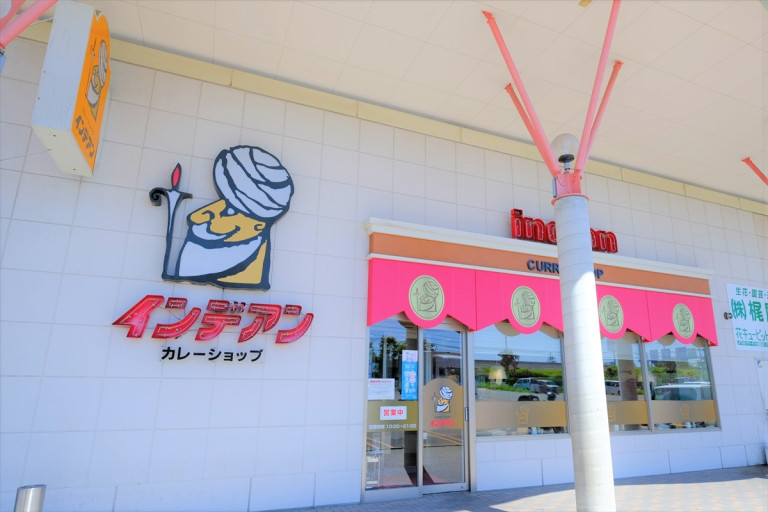
Seriously, who’s in charge of this place and why haven’t they expanded to the rest of Japan?!
Maybe it’s because they spend so much time writing about food, but our writers know the secret to finding good food when they travel. The first thing they do is check out a convenience store to see if they sell any local specialties. Then they find out if there are any local chain restaurants. Those are the best ways to find out what kind of food is a specialty in that area.
That’s why our Japanese-language reporter Haruka Takagi checked out Curry Shop Indian while she was visiting Japan’s northernmost prefecture of Hokkaido. Haruka, a curry fan, was excited to try a curry shop she’d never been to before, and based on the name, she assumed she’d be served up some very spicy Indian-style curry.
▼ Curry Shop Indian has twelve branches, but they can only be found in Hokkaido.
The branch Haruka visited was known as the “Nishi 18-jo branch” in the central Hokkaido city of Obihiro. Located in the Piazza Fukuhara shopping center along National Highway 38, it’s in a pretty convenient spot.
Haruka’s first impression was that she’d somehow seen this shop before. The logo in particular seemed familiar, but Haruka couldn’t figure out why. At least, not until she remembered visiting a restaurant in Osaka called Indian Curry, which had a similar logo.
Haruka was curious to find out whether they were connected at all, so she called the parent company that manages Hokkaido’s Curry Shop Indian restaurants, Fujimori Shokai. Apparently, they have no relation whatsoever; they just somehow managed to use a very similar logo and go with similarly simplistic names.
Anyway, back to the matter at hand. Curry Shop Indian (the Hokkaido version) has three kinds of curry roux: Indian, a mild roux made from beef and ten kinds of spices; Basic, a simple curry made from beef extract and onions; and Vegetable, a curry filled with potatoes, carrots, and onions.
All three were the same price, coming out to 528 yen (US$3.78) for dine-in, 518 yen for carry-out, and 410 yen to carry out the curry without the rice. Like CoCo Ichibanya and other nationwide curry restaurants, you can also select additional toppings, including fried pork cutlets, hamburg steak, shrimp, chicken, and cheese.
▼ Apparently, you can only get eggs (110 yen each) as a topping at the Nishi 18-jo branch.
What surprised Haruka was that the restaurant was really enthusiastic about offering takeout. You have to pay 66 yen for the container unless…
▼ “Please bring your own pot. We highly encourage this.”
You bring your own pot!
According to the menu, pamphlets, and website, Curry Shop Indian really values eco-friendliness, which is why they highly encourage people to bring their own containers from home when ordering Indian’s curry for takeout. In truth, CoCo Ichibanya and other restaurants also offer this service, but Haruka feels like no other restaurant was quite as enthusiastic about the idea as Curry Shop Indian. Apparently, this is a service used by a lot of customers, who bring their own pots to take home curry in.
Haruka didn’t have a pot to bring, so she ordered a dine-in Indian Curry with Chicken. The chicken topping came out to 198 yen, making her total for the meal 726 yen.
At first glance, this curry really didn’t seem like anything special. It didn’t smell especially flavorful, and there was no sign of the promised 10 spices. Haruka felt somewhat disappointed, fearing that the curry wasn’t anything to write home about, but as soon as she took a bite, her opinion completely changed.
“W-wow…It’s really good!!!”
The curry roux was thick, rich, and sweet, and felt like the curry of olden days. It was similar to a curry you might make at home, but it was far richer and had way more umami than anything Haruka could cook.
Haruka is the type who prefers to mix her curry roux with her rice before eating it, but the curry here was so thick that she thought she would only be able to eat about half of it. But that wasn’t the case at all; it wasn’t too salty or too rich. How did they get it to taste like this?
The large pieces of chicken added to the curry were really good, too, and Haruka was delighted to find little bits of beef in the mix as well.
About halfway through she added some spicy oil to change up the flavor a little bit, and this made it gradually spicier, which in itself was also delicious.
The more Haruka ate, the more she realized: no one in Japan could possibly hate this curry. From the first bite to the last, it was highly satisfying. Haruka can confidently recommend it to anyone.
While it wasn’t the super spicy curry Haruka had expected from the restaurant’s name, that wasn’t a problem in the end because it was a delicious curry all on its own. The next time Haruka finds herself close to a Curry Shop Indian, she will definitely be trying the basic and the vegetable curry as well.
Images © SoraNews24
● Want to hear about SoraNews24’s latest articles as soon as they’re published? Follow us on Facebook and Twitter!
[ Read in Japanese ]

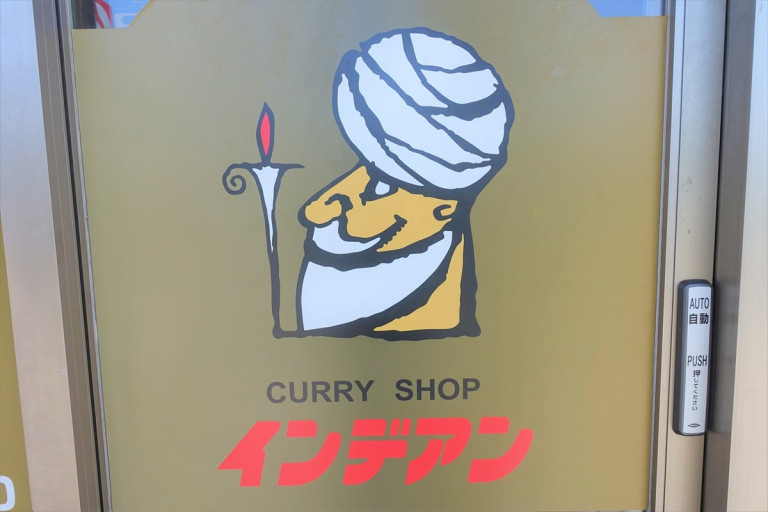
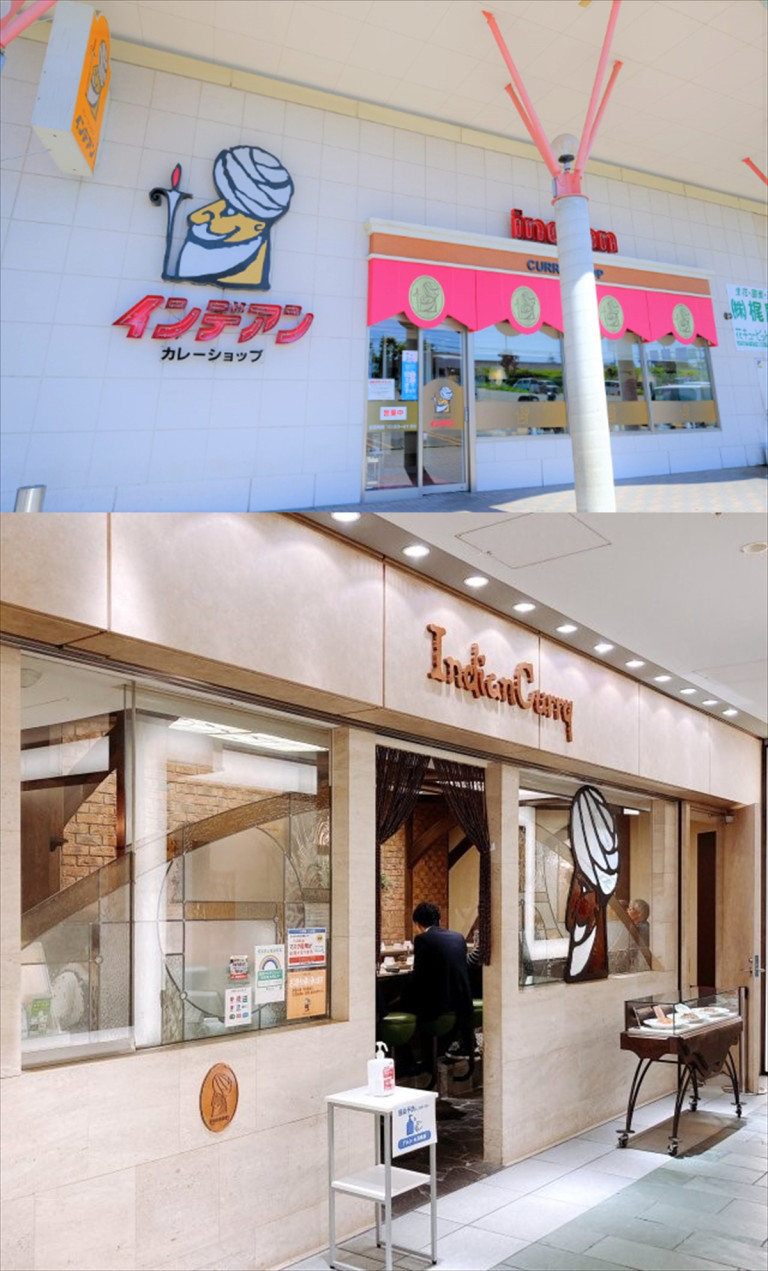
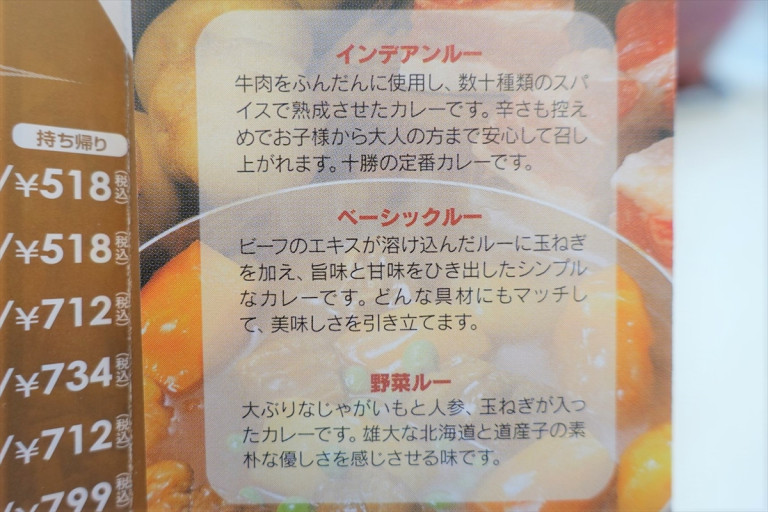
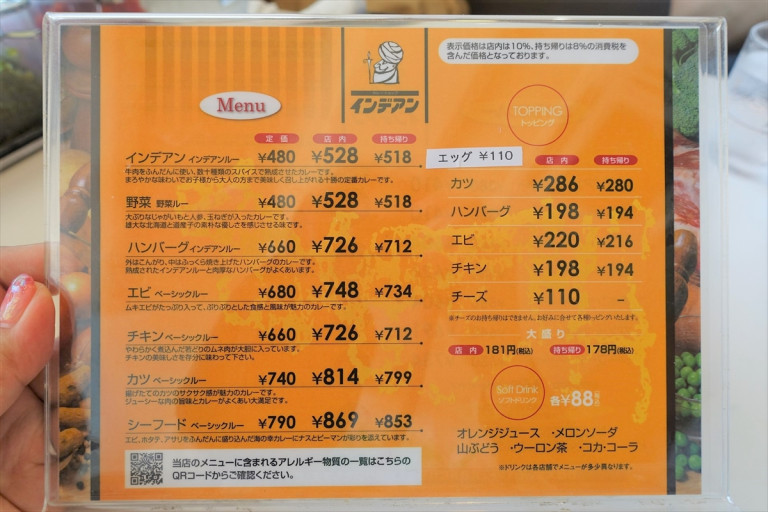
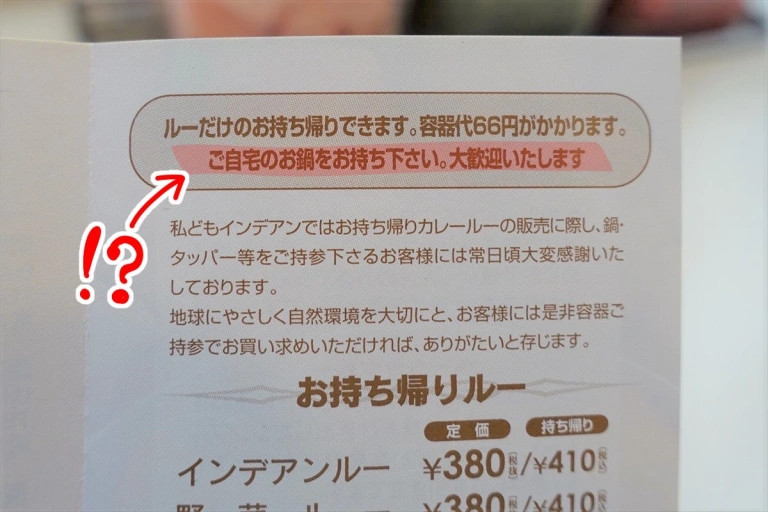
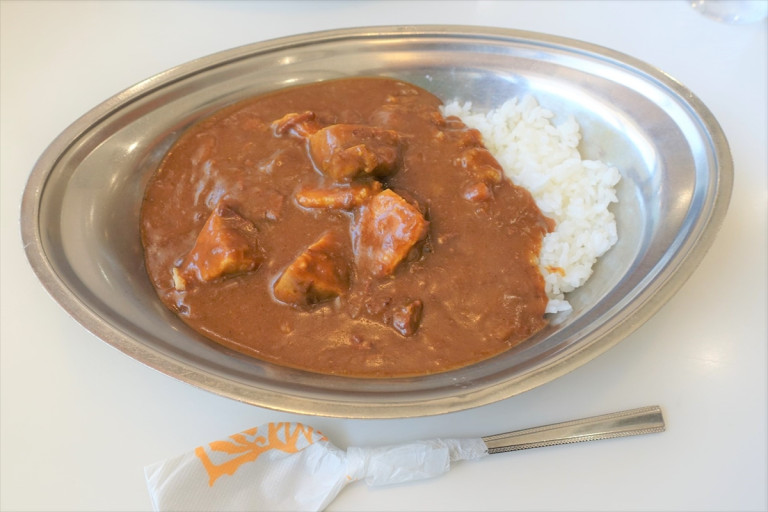
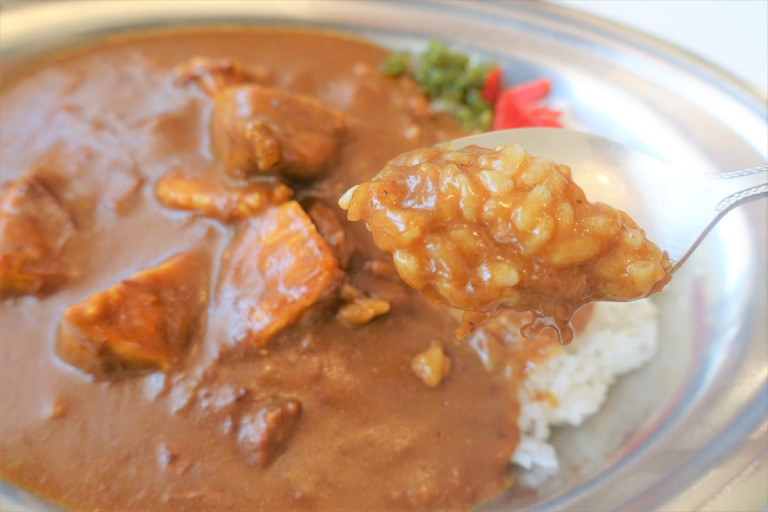
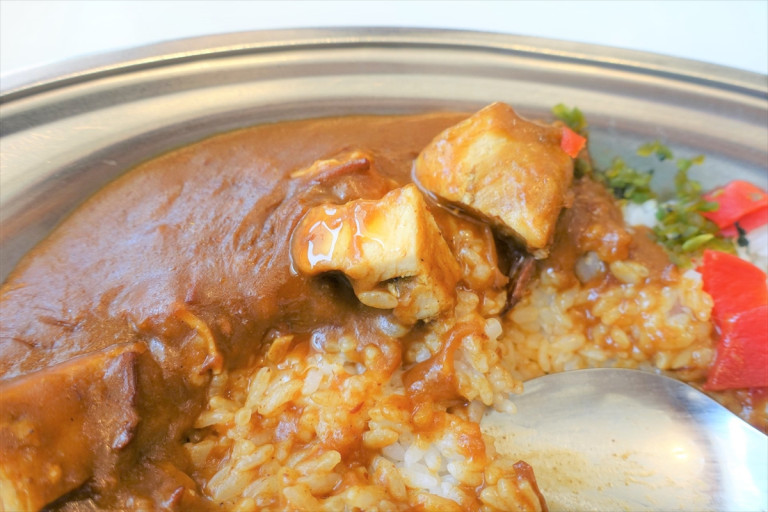
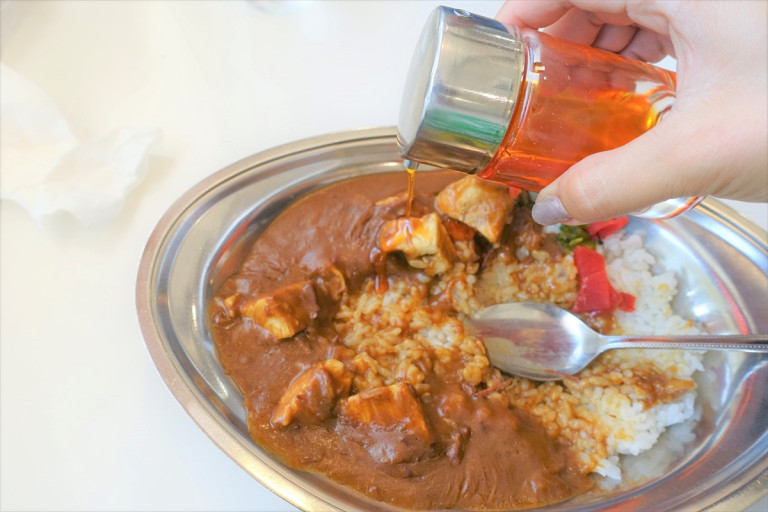
 Japan’s biggest curry chain now offers a true vegetarian curry
Japan’s biggest curry chain now offers a true vegetarian curry Mr. Sato goes halal at new CoCo Ichibanya that caters to Muslim diners
Mr. Sato goes halal at new CoCo Ichibanya that caters to Muslim diners Which Japanese convenience store has the best steamed curry buns?【Taste test】
Which Japanese convenience store has the best steamed curry buns?【Taste test】 Japan’s most popular curry chain now has vegan soup curry, and it’s delicious【Taste test】
Japan’s most popular curry chain now has vegan soup curry, and it’s delicious【Taste test】 English-language Reddit falls in love with curry restaurant– Can it win our taste tester’s heart?
English-language Reddit falls in love with curry restaurant– Can it win our taste tester’s heart? Foreigner’s request for help in Tokyo makes us sad for the state of society
Foreigner’s request for help in Tokyo makes us sad for the state of society Seaside scenery, history, and so many desserts on Yokohama’s Akai Kutsu【Japan Loop Buses】
Seaside scenery, history, and so many desserts on Yokohama’s Akai Kutsu【Japan Loop Buses】 Japanese city loses residents’ personal data, which was on paper being transported on a windy day
Japanese city loses residents’ personal data, which was on paper being transported on a windy day Should you add tartar sauce to Japanese curry rice? CoCo Ichi makes diners an unusual offer
Should you add tartar sauce to Japanese curry rice? CoCo Ichi makes diners an unusual offer Ghibli Park now selling “Grilled Frogs” from food cart in Valley of Witches
Ghibli Park now selling “Grilled Frogs” from food cart in Valley of Witches Red light district sushi restaurant in Tokyo shows us just how wrong we were about it
Red light district sushi restaurant in Tokyo shows us just how wrong we were about it Mt. Koya planning to instate visitor’s tax to cope with huge tourist numbers
Mt. Koya planning to instate visitor’s tax to cope with huge tourist numbers Harajuku Station’s beautiful old wooden building is set to return, with a new complex around it
Harajuku Station’s beautiful old wooden building is set to return, with a new complex around it Smash Bros. director Sakurai stabs Kirby in the face, has delicious justification for it
Smash Bros. director Sakurai stabs Kirby in the face, has delicious justification for it Starbucks Japan releases new mugs and gifts for Mother’s Day
Starbucks Japan releases new mugs and gifts for Mother’s Day McDonald’s new Happy Meals offer up cute and practical Sanrio lifestyle goods
McDonald’s new Happy Meals offer up cute and practical Sanrio lifestyle goods Japanese ramen restaurants under pressure from new yen banknotes
Japanese ramen restaurants under pressure from new yen banknotes French Fries Bread in Tokyo’s Shibuya becomes a hit on social media
French Fries Bread in Tokyo’s Shibuya becomes a hit on social media Studio Ghibli releases new action figures featuring Nausicaä of the Valley of the Wind characters
Studio Ghibli releases new action figures featuring Nausicaä of the Valley of the Wind characters New private rooms on Tokaido Shinkansen change the way we travel from Tokyo to Kyoto
New private rooms on Tokaido Shinkansen change the way we travel from Tokyo to Kyoto Tokyo Tsukiji fish market site to be redeveloped with 50,000-seat stadium, hotel, shopping center
Tokyo Tsukiji fish market site to be redeveloped with 50,000-seat stadium, hotel, shopping center Beautiful Ghibli sealing wax kits let you create accessories and elegant letter decorations【Pics】
Beautiful Ghibli sealing wax kits let you create accessories and elegant letter decorations【Pics】 Studio Ghibli releases Kiki’s Delivery Service chocolate cake pouches in Japan
Studio Ghibli releases Kiki’s Delivery Service chocolate cake pouches in Japan New definition of “Japanese whiskey” goes into effect to prevent fakes from fooling overseas buyers
New definition of “Japanese whiskey” goes into effect to prevent fakes from fooling overseas buyers Our Japanese reporter visits Costco in the U.S., finds super American and very Japanese things
Our Japanese reporter visits Costco in the U.S., finds super American and very Japanese things All-you-can-drink Starbucks and amazing views part of Tokyo’s new 170 meter-high sky lounge
All-you-can-drink Starbucks and amazing views part of Tokyo’s new 170 meter-high sky lounge More foreign tourists than ever before in history visited Japan last month
More foreign tourists than ever before in history visited Japan last month New Pokémon cakes let you eat your way through Pikachu and all the Eevee evolutions
New Pokémon cakes let you eat your way through Pikachu and all the Eevee evolutions Disney princesses get official manga makeovers for Manga Princess Cafe opening in Tokyo
Disney princesses get official manga makeovers for Manga Princess Cafe opening in Tokyo Sales of Japan’s most convenient train ticket/shopping payment cards suspended indefinitely
Sales of Japan’s most convenient train ticket/shopping payment cards suspended indefinitely Sold-out Studio Ghibli desktop humidifiers are back so Totoro can help you through the dry season
Sold-out Studio Ghibli desktop humidifiers are back so Totoro can help you through the dry season Japanese government to make first change to romanization spelling rules since the 1950s
Japanese government to make first change to romanization spelling rules since the 1950s Ghibli founders Toshio Suzuki and Hayao Miyazaki contribute to Japanese whisky Totoro label design
Ghibli founders Toshio Suzuki and Hayao Miyazaki contribute to Japanese whisky Totoro label design Doraemon found buried at sea as scene from 1993 anime becomes real life【Photos】
Doraemon found buried at sea as scene from 1993 anime becomes real life【Photos】 Tokyo’s most famous Starbucks is closed
Tokyo’s most famous Starbucks is closed One Piece characters’ nationalities revealed, but fans have mixed opinions
One Piece characters’ nationalities revealed, but fans have mixed opinions We asked a Uniqlo employee what four things we should buy and their suggestions didn’t disappoint
We asked a Uniqlo employee what four things we should buy and their suggestions didn’t disappoint Princesses, fruits, and blacksmiths: Study reveals the 30 most unusual family names in Japan
Princesses, fruits, and blacksmiths: Study reveals the 30 most unusual family names in Japan Japanese curry chain becomes a hot topic with foreigners on Reddit, but is it any good?
Japanese curry chain becomes a hot topic with foreigners on Reddit, but is it any good? We try Ajinomoto’s European Chicken Katsu Curry Style frozen gyoza that has no katsu in it
We try Ajinomoto’s European Chicken Katsu Curry Style frozen gyoza that has no katsu in it Taste testing 7-Eleven Japan’s five frozen curries to see which ones nail it
Taste testing 7-Eleven Japan’s five frozen curries to see which ones nail it Three unusual Japanese curries to celebrate Regional Retort Curry Day
Three unusual Japanese curries to celebrate Regional Retort Curry Day CoCo Ichibanya now selling Taiwanese Lo Bah Spice Curry for a limited time【Taste test】
CoCo Ichibanya now selling Taiwanese Lo Bah Spice Curry for a limited time【Taste test】 We eat an intimidating curry with toppings randomly chosen for us by CoCo Ichibanya’s ‘Gacha’ app
We eat an intimidating curry with toppings randomly chosen for us by CoCo Ichibanya’s ‘Gacha’ app Japan’s favorite curry rice restaurant teams up with convenience store for Super Spicy Curry Buns
Japan’s favorite curry rice restaurant teams up with convenience store for Super Spicy Curry Buns Survey ranks the most popular Japanese curry dishes during winter
Survey ranks the most popular Japanese curry dishes during winter CoCo Ichi hamburger steak curry for vegetarians? Taste-testing the meatless option in Taiwan
CoCo Ichi hamburger steak curry for vegetarians? Taste-testing the meatless option in Taiwan We sample blue Drift Ice Curry from the India of the Okhotsk Sea
We sample blue Drift Ice Curry from the India of the Okhotsk Sea The U.K. thinks Japanese curry is katsu curry, and people aren’t happy about it
The U.K. thinks Japanese curry is katsu curry, and people aren’t happy about it Visit a pepper-packed tribute to spiciness tucked away in an Osaka food court
Visit a pepper-packed tribute to spiciness tucked away in an Osaka food court Kintetsu Curry boasts “ordinary deliciousness” but can it really deliver an average taste?
Kintetsu Curry boasts “ordinary deliciousness” but can it really deliver an average taste? Japanese mom’s ugly curry rice has a beautiful backstory【Photos】
Japanese mom’s ugly curry rice has a beautiful backstory【Photos】 Curry for breakfast! Coco Ichibanya, Japan’s favorite curry chain, now has awesome morning sets
Curry for breakfast! Coco Ichibanya, Japan’s favorite curry chain, now has awesome morning sets
Leave a Reply